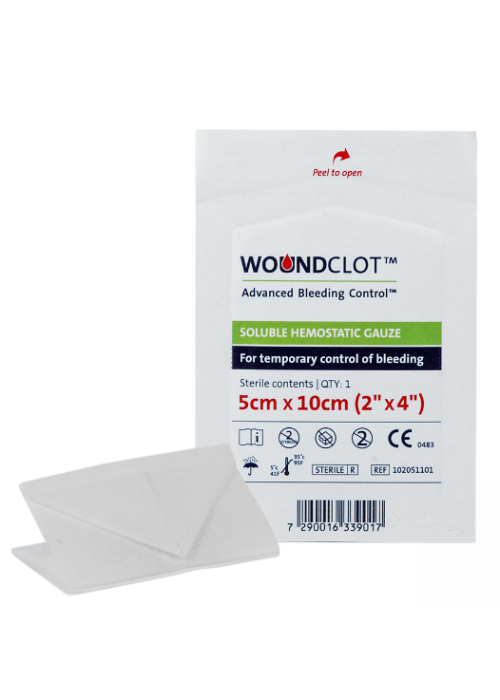What is a Homeostatic Bandage
A homeostatic bandage, also known as a hemostatic bandage, is a type of wound dressing designed to promote blood clotting and reduce bleeding in the event of an injury. These bandages are particularly useful in situations where rapid control of bleeding is crucial, such as traumatic injuries or emergency medical scenarios.
Key features and functions of homeostatic bandages include:
- Hemostatic Agents:
Homeostatic bandages often contain hemostatic agents, substances that promote blood clotting. One common hemostatic agent is kaolin, which accelerates the coagulation process.
- Self-Adhesive and Easy to Use:
- These bandages are typically sel-adhesive and easy to apply to eoounds.
Quick Blood Stopper:
- By applying pressure to the wound and promoting blood clotting, these bandages act as rapid blood stoppers to minimize blood loss.
Suitable for Large Wounds:
- Homeostatic bandages are suitable for managing large wounds or injuries, especially in situations where swift and effective control of bleeding is necessary.
Applicable in Field Conditions:
- Since they are easy to use and require no specialized equipment, homeostatic bandages are often preferred in field conditions, such as in first aid or emergency situations.
Applicable to Various Body Parts:
- Different parts of the body, including extremities and the torso, and are designed to provide an effective hemostatic effect.
Field-Ready Response:
- Homeostatic bandages are part of the rapid response tools used by professionals in emergency services and the military, where immediate action can be critical.
It is important to note that homeostatic bandages are not intended as a substitute for professional medical care. They should be used as a temporary solution to stop bleeding and provide time to transport the injured person to a medical facility. When using homeostatic bandages, it is also crucial to follow the manufacturer's instructions and be aware of any potential allergic reactions or other contraindications.







